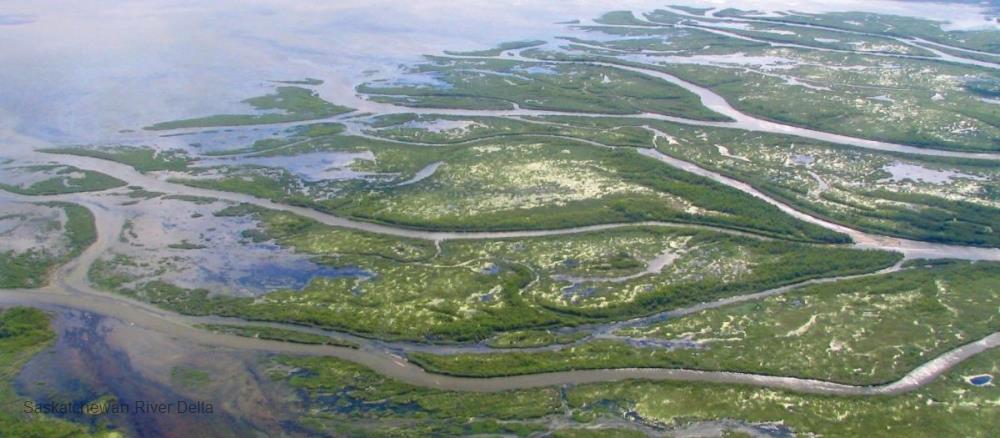
Related items loading ...
Section 1: Publication
Publication Type
Journal Article
Authorship
Grant, K. N., Macrae, M. L., Rezanezhad, F., & Lam, W. V.
Title
Nutrient leaching in soil affected by fertilizer application and frozen ground
Year
2019
Publication Outlet
Vadose Zone Journal, 18(1), 1-13
DOI
ISBN
ISSN
Citation
Grant, K. N., Macrae, M. L., Rezanezhad, F., & Lam, W. V. (2019). Nutrient leaching in soil affected by fertilizer application and frozen ground. Vadose Zone Journal, 18(1), 1-13.
https://doi.org/10.2136/vzj2018.08.0150.
Abstract
Core Ideas
Preferential flow is prevalent in clay soil under both frozen and thawed conditions.
Preferential flow dominates the infiltration regime under frozen soil conditions in silt loam.
Subsurface placement of fertilizer can limit subsurface nutrient leaching.
Subsurface placement is particularly effective in soil with abundant preferential flow.
Subsurface placement is recommended for fall fertilizer application.
Agricultural runoff containing P and N from drainage tiles contributes to nutrient loading in waterways, leading to downstream eutrophication. Recent studies suggest that nutrient losses through tile drains can be reduced if nutrients are applied in the subsurface. This study explored interactions between nutrient supply and infiltrating water during a simulated nongrowing season using a laboratory experiment to understand how water and nutrients move through partially frozen and unfrozen soil and if fertilizer placement influences NO3− and dissolved reactive P (DRP) leaching. Intact silt loam and clay soil monoliths (28 by 30 by 30 cm) were fertilized with P and N via subsurface placement or surface broadcast and subjected to simulated rainfall under unfrozen (10°C) and partially frozen (∼0°C) conditions. Conservative tracers (Br−, Cl−, and D2O) applied to characterize subsurface flow paths throughout a subset of events indicated that matrix flow dominated in unfrozen silt loam soil. However, preferential flow paths dominated in unfrozen clay and in both soil types under partially frozen conditions, transporting applied nutrients while minimizing contact with the soil matrix. The subsurface placement of inorganic fertilizer relative to surface broadcast reduced both NO3− (by 26.85 kg ha−1 [23%] in silt loam and 65.73 kg ha−1 [61%] in clay) and DRP losses (by 2.33 kg ha−1 [60%] in silt loam and 4.25 kg ha−1 [64%] in clay). This study demonstrates the advantage of subsurface placement of fertilizer in the reduction of nutrient leaching by limiting the interaction of the nutrient supply with preferential flow pathways.
Plain Language Summary


 GWFNet
GWFNet Master
Master Research
Research Map
Map
 Advanced
Advanced . . .
. . .

 Metadata Editor
Metadata Editor
 Record List
Record List
 Alias List Editor
Alias List Editor
 Legacy sites
Legacy sites